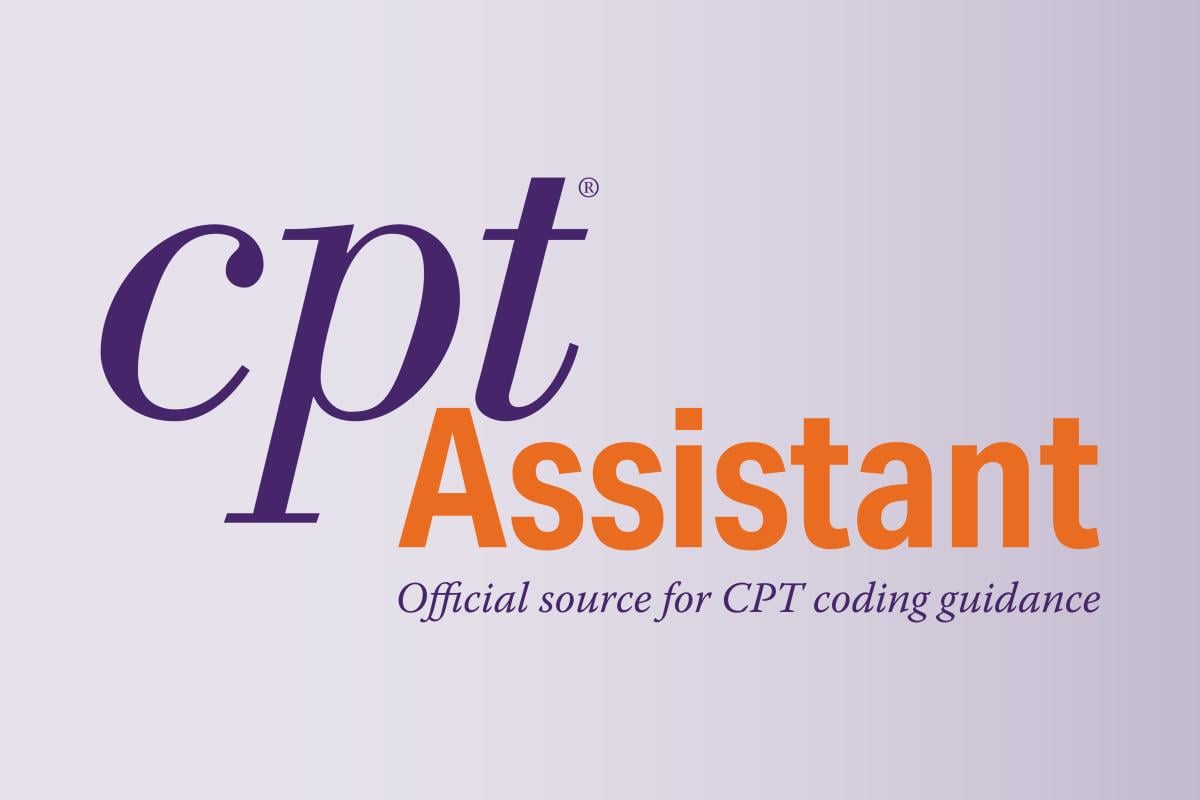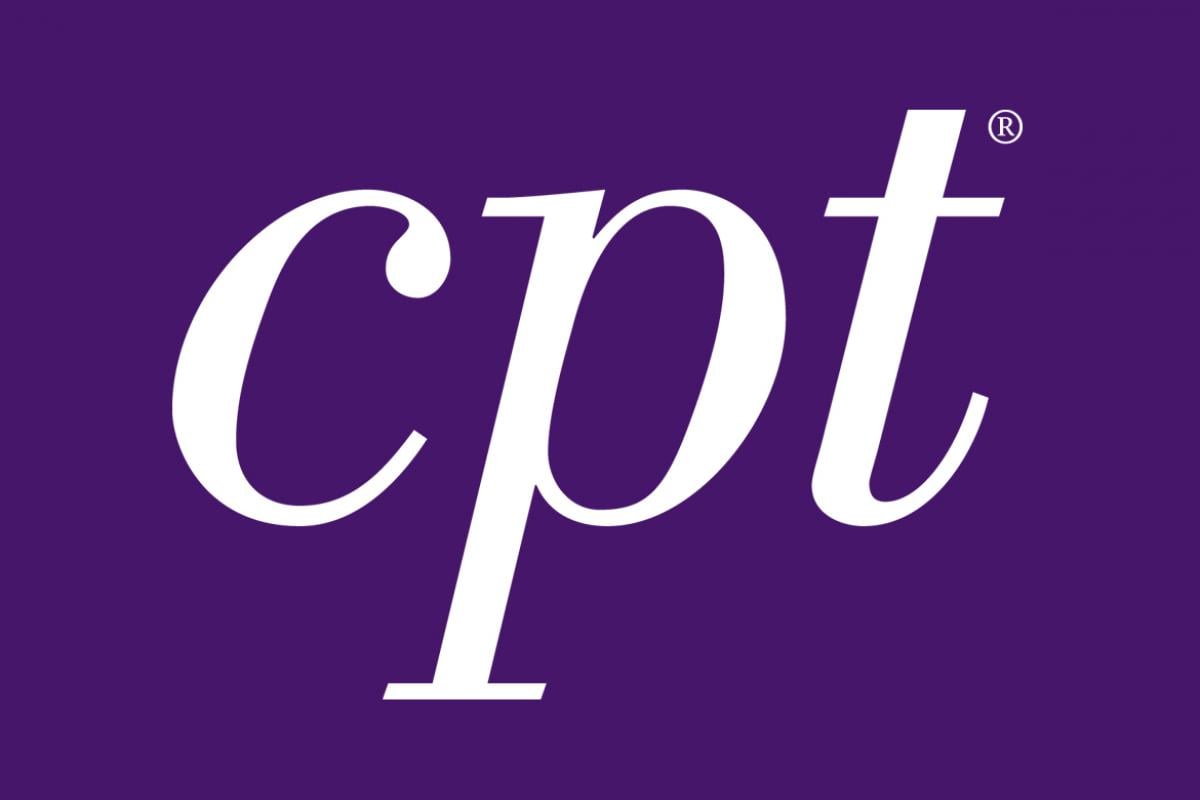Practice Management
CPT®
Review the criteria for CPT® Category I, Category II and Category III codes, access applications and read frequently asked questions.
CPT early releases
Latest information
CPT Products
CPT code changes & meetings
Membership Moves Medicine™
Essential CPT® Tools & Resources
E/M Checklist: Prepare your practice for office visit changes
Subscribe to CPT News
CPT® codes: A shared language of medicine
AMA Royalties Portal
Sign up for CPT News
Get the latest news on CPT codes and content emailed directly to your inbox each month from the CPT authority. All subscriptions are free!

Are you located outside the U.S.?
Interested in learning more about the value of CPT® content for you or your organization?
AMA Morning Rounds
Get your daily dose of medical news
The biggest stories in medicine and public health delivered right to your inbox.









